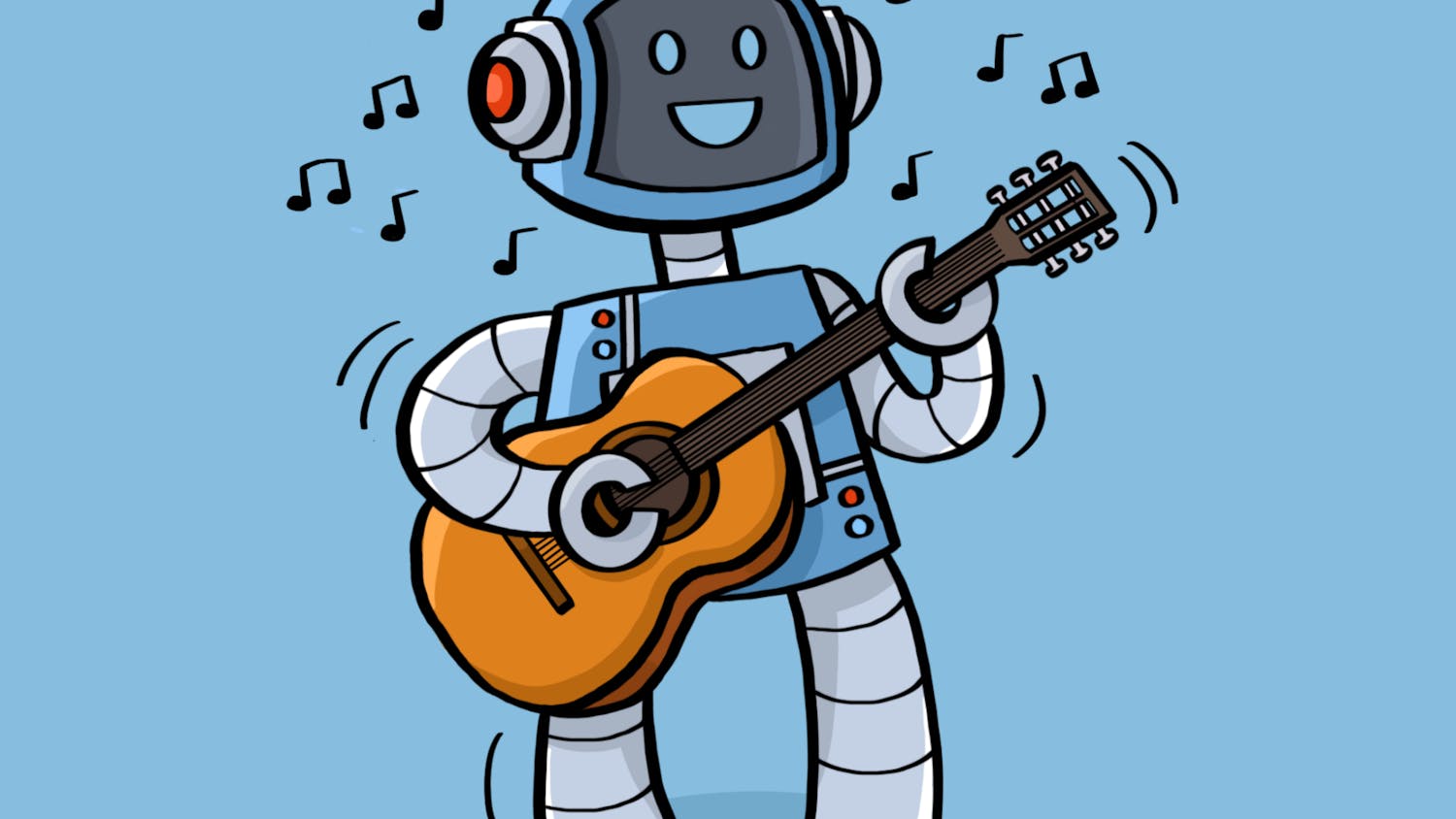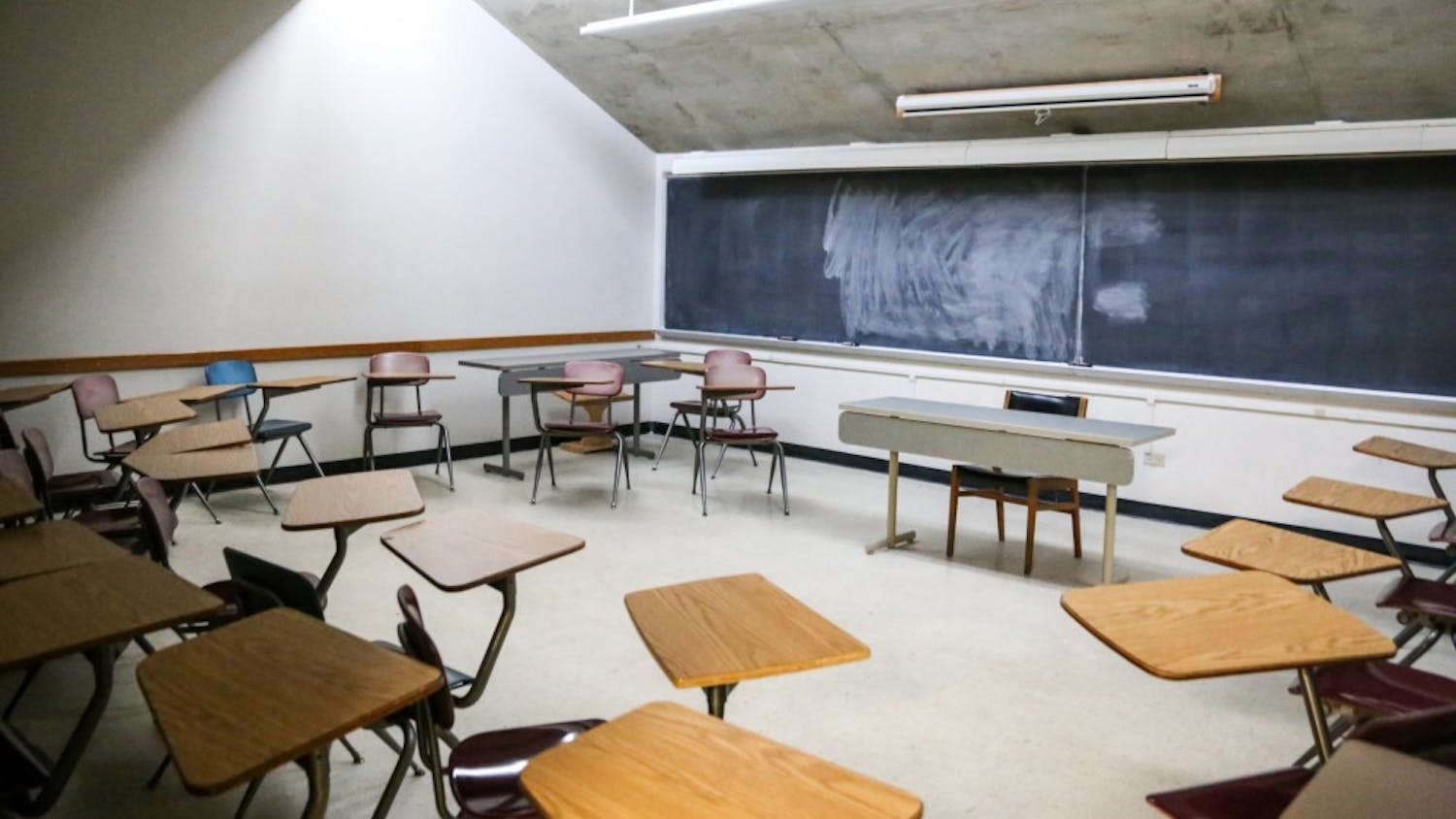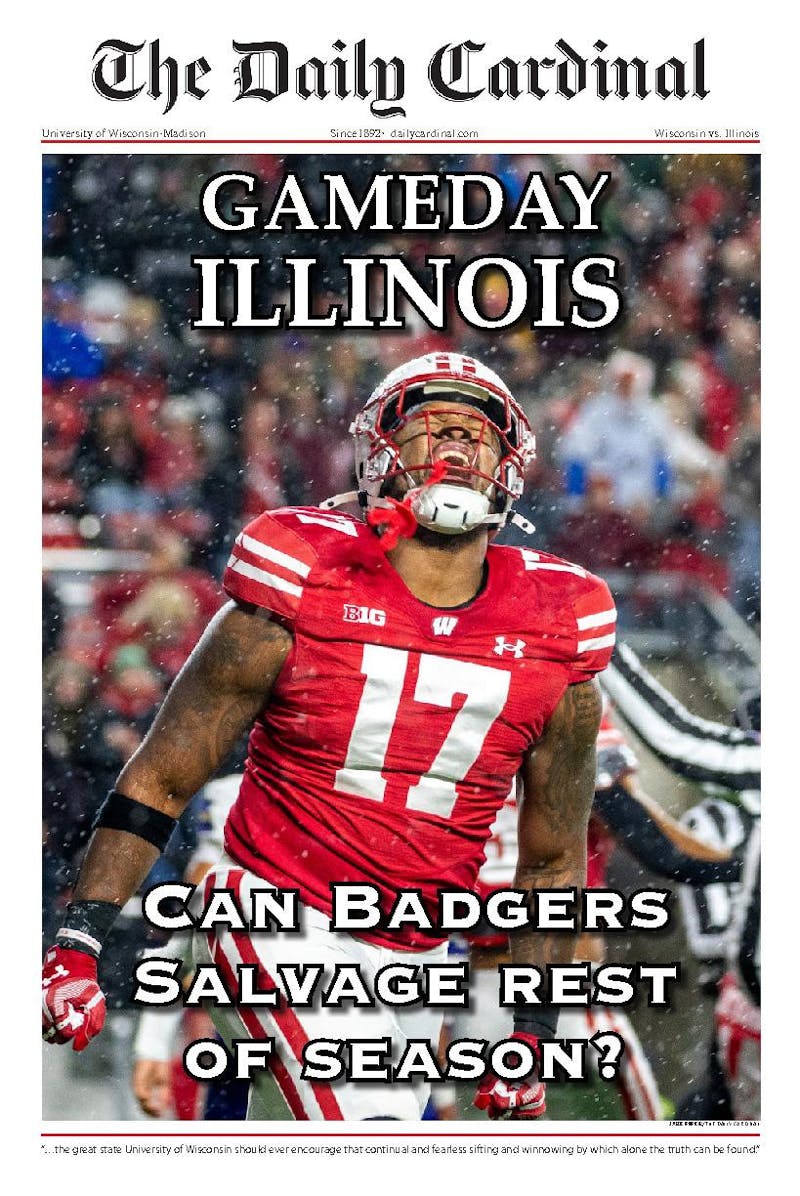Following Trump’s election in 2016, news organizations analyzed their role in providing unprecedented amounts of press coverage to his campaign and how that may have influenced the election’s outcome. News outlets’ shifts in coverage practices, however, have a critical misunderstanding — political bias is not the problem.
The Trump presidency has been riddled with un-ending cycles of McCarthyism, causing a re-evaluation of how the media covers politicians in all facets of news. Trump’s dubbing of “fake news” erupted largely after Buzzfeed and CNN reported stories of an unverified source alleging Trump “[employed] a number of prostitutes to perform a ‘golden showers’ (urination) show in front of him.”
While the two sources both distanced themselves from the report, labeling it as “unverified,” this story was one of the early instances triggering the “fake news” movement.
Ultimately, “fake news” became synonymous with “news that was critical of the president” and Trump would frequently send out a barrage of tweets filled with juvenile name-calling of most mainstream outlets.
This rhetoric is dangerous not just because of its absurd suggestion that all media outlets are fake, but because of the implication it makes. For more context, we can look at one of the earliest precedents to press freedom in America:the John Peter Zenger trial in 1735.
Zenger was a publicist who published an article that was critical of the Crown. Although Zenger’s article was true, he was charged with seditious libel for his publication, which meant that Zenger was charged with publishing falsehoods about the crown with malicious intent. He was found not guilty, as the court ruled that it could not be libel if the information was true. The Zenger case was a landmark case that historians argue was largely influential to the constitution's freedom of the press, making its impact still relevant today.
This is important today because it underscores the importance that the press can and should be critical of the president — and that doesn’t mean it is libelous. It is important to hold leaders accountable — and the “watchdog” press is an important tool to do so.
Another important consideration is that news shouldn’t be “fake” because it has bias. We believe bias to mean the news unfairly presents one side more than, or more valid than the other. This practice largely speaks to America’s false-dichotomy issue. Almost every issue has more than two solutions, yet we tend to only allow for discussion of two of them, much like the two-party system.
Beyond the two-party system, many U.S. policies shaped our cultural understanding of bias. In 1949, the FCC modified the Radio Act of 1927, resulting in the creation of the Fairness Doctrine, which mandated broadcasters include both sides of an issue when releasing a story.
While its intention was good, the Fairness Doctrine promoted this false-dichotomy practice and also reinforced the idea that both of these sides are inherently equal. This is largely seen by news coverage of the climate change “debate.”
Climate Change is real. Despite this, a string of lawmakers continue to argue that it may be a natural phenomena, and humans are not involved in rising global temperatures. Climate change deniers will reference that 97 percent of scientists say humans are causing global temperature increases — but there are still 3 percent that don’t agree.
When news outlets run stories on climate change however, in an attempt to be fair, they will incorporate arguments from “both sides.” This suggests to viewers that both sides have some level of validity and are equally relevant to public opinion — even though the evidence is clear that climate change is real.
Sure, discussing issues like tax policy, gun control or education funding might warrant discussion and coverage from multiple perspectives since public opinion — and opinions of experts vary in how to solve some of these issues.
But with issues like climate change, the media presenting the argument that humans are not affecting global temperatures rising would be the same as the media presenting a stance that the moon landing was fake. Yes, there are people that believe it, but it is such a widely disproven argument that shouldn’t be given equal time to the factual accuracy that the U.S. did land on the moon.
Another problem that exists beyond the “both sides” concept comes from American’s perception of the truth. A 2016 survey from Pew Research found 59 percent of Americans say news media should present facts without interpretation. The same survey also found that 81 percent of voters said Hillary Clinton and Donald Trump did not agree on basic facts.
How can we say that news outlets should be reporting “only the facts” when we don’t even agree on what those facts are? News is a platform where we can be informed by a number of voices how and why those facts might be misconstrued.
While it is certainly true that there are many news outlets that have political leanings, having those political biases isn’t directly the problem. Bias in the media usually is defined as “more favorable to one side.” This definition however doesn’t place any emphasis on the truth of the information, but instead requires someone to be perfectly equal on covering a topic.
The problem is straying away from basing those opinions off of faulty information. I can tell you — as a writer for the Opinion Desk at The Daily Cardinal — I am biased. This entire article is “biased.” Bias just means I am arguing a specific point. I am using my interpretation of facts to present you a perspective which I believe in.
My biases — or the biases of news outlets — shouldn’t change the validity of my articles. I’ve certainly written pieces that people disagree with. My goal as a writer is to offer a perspective which the public can evaluate and determine if they agree or disagree with it.
Does that make my writing any less valid? I am still using facts to present you with information. The only difference is I’m suggesting a way to interpret those facts.
“Biased” writing presents a solution to a problem faced by Americans: most people aren’t able to keep up with the news enough to adequately formulate an opinion and are experiencing increasing levels of “news fatigue” leaving many people uninterested in news altogether. The process of corroborating and understanding facts takes time.
In the case of Robert Mueller's investigation into Russia’s efforts to interfere in the 2016 election, Mueller released a (heavily redacted) 448-page document about the investigation.
After the reports release, Trump touted his supposed innocence on Twitter shouting “No Collusion, No Obstruction.”
While Mueller did not charge Trump with a crime, the report described numerous links between the Russian government and Trump campaign. Ultimately, Mueller’s did not fully exonerate the president, it just didn’t charge him with a crime.
If the belief is that American’s should receive just the facts and decide for themselves, every American would need to read the entire 448-page document which details many governmental procedures that relatively few Americans understand.
According to CNN polling, just 3 percent of Americans claim to have read “all” of the report, while 10 percent claim to have read some. People shouldn’t be expected to read that in order to be informed — that’s why reporters exist.
Reporters hold politicians and public figures accountable. By reading news from multiple sources, we can also hold reporters accountable. We rely on reporters to accurately relay information to us, so it is fair to be critical of them.
Ultimately, reporters can inform Americans because reporters do it as a vocation. The 40-plus-hour work schedules make it so reporters have time to process information. How would someone who also works or goes to school or even both be able to analyze that information with the same scrutiny that a professional reporter would be able to?
Bias in media is not the media-ethics problem we are facing today: The problem is we don’t understand bias. The best way to stay informed is to intake analysis from many perspectives in order to provide an accurate picture.
Riley is a junior studying Journalism and Computer Science. Do you think media bias is real? Is it our perceptions of media bias that need working on? Send all comments to opinion@dailycardinal.com






